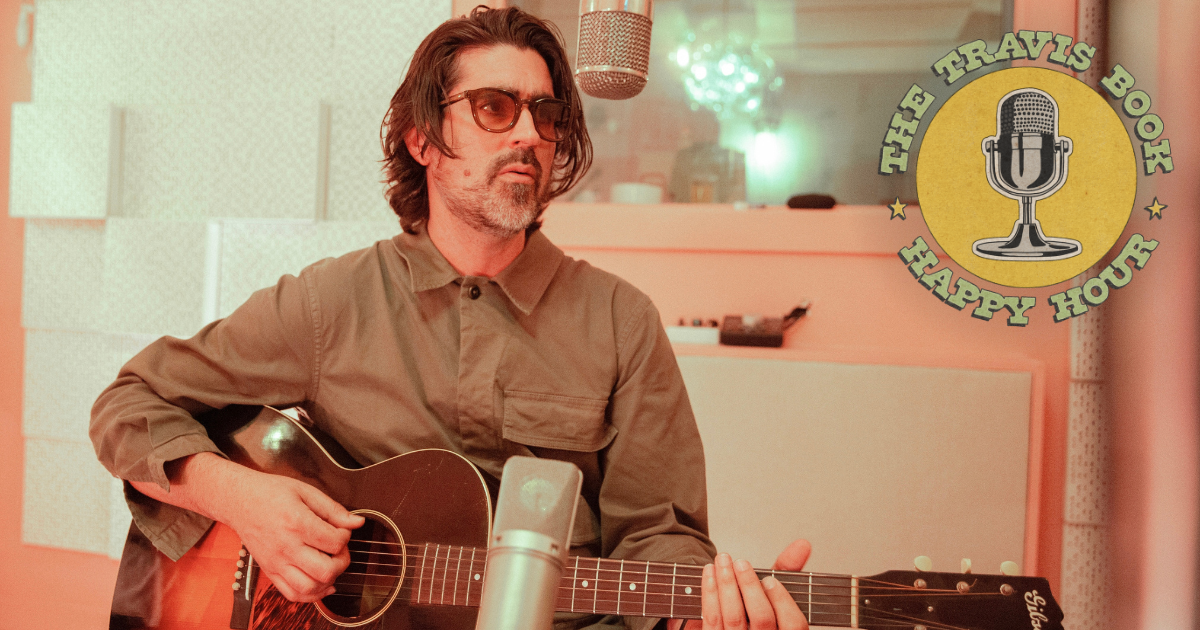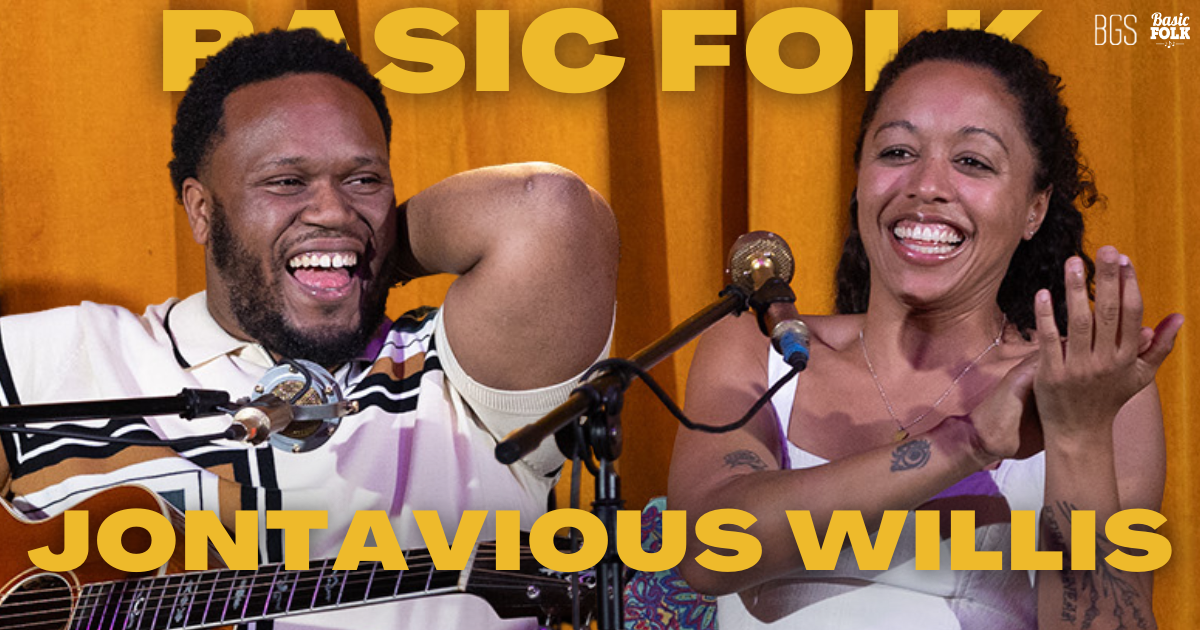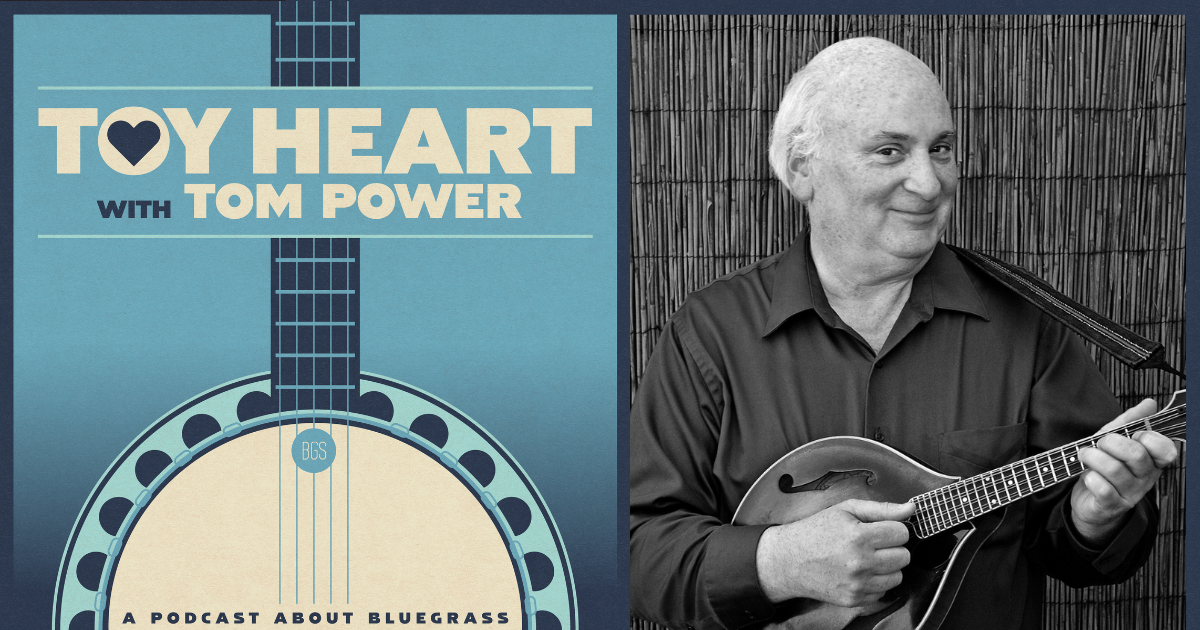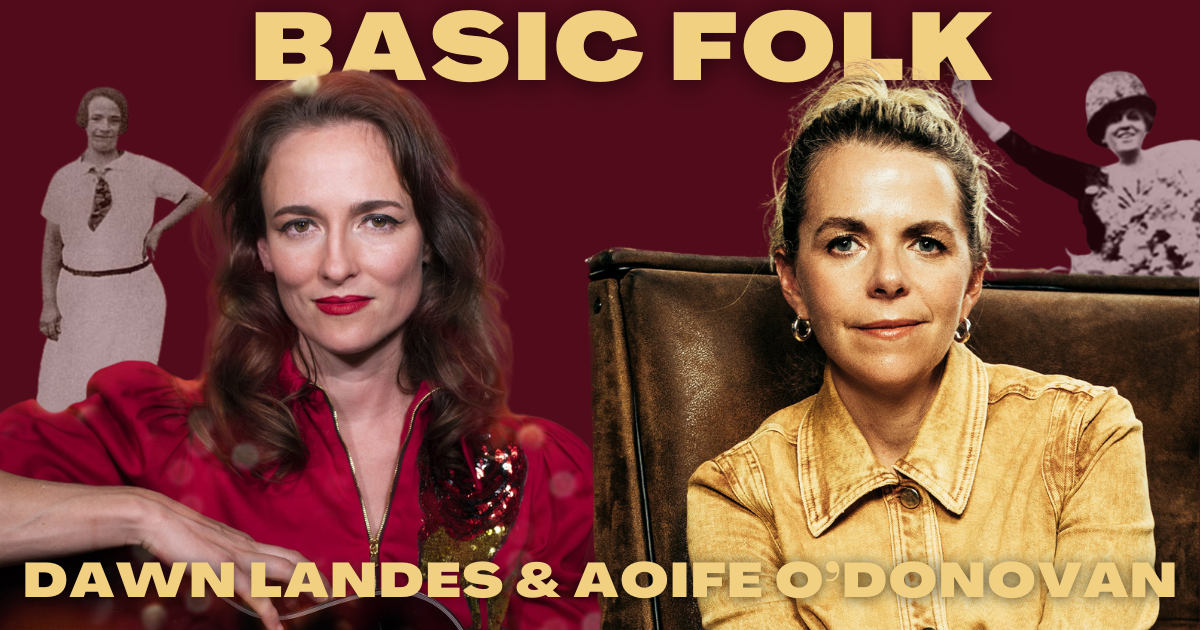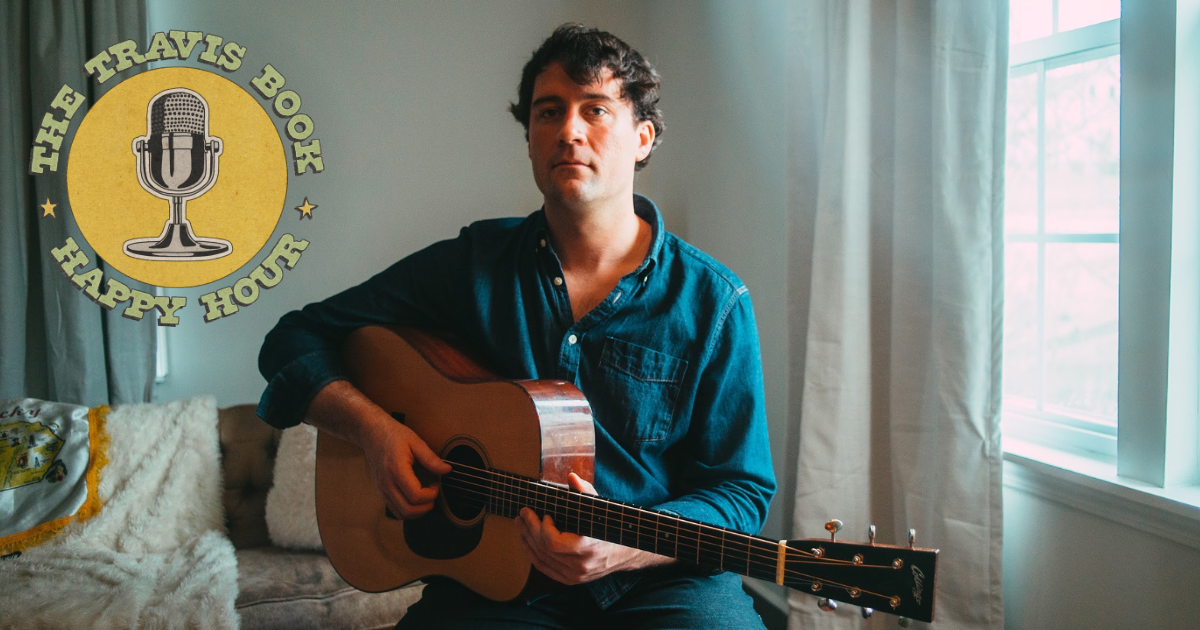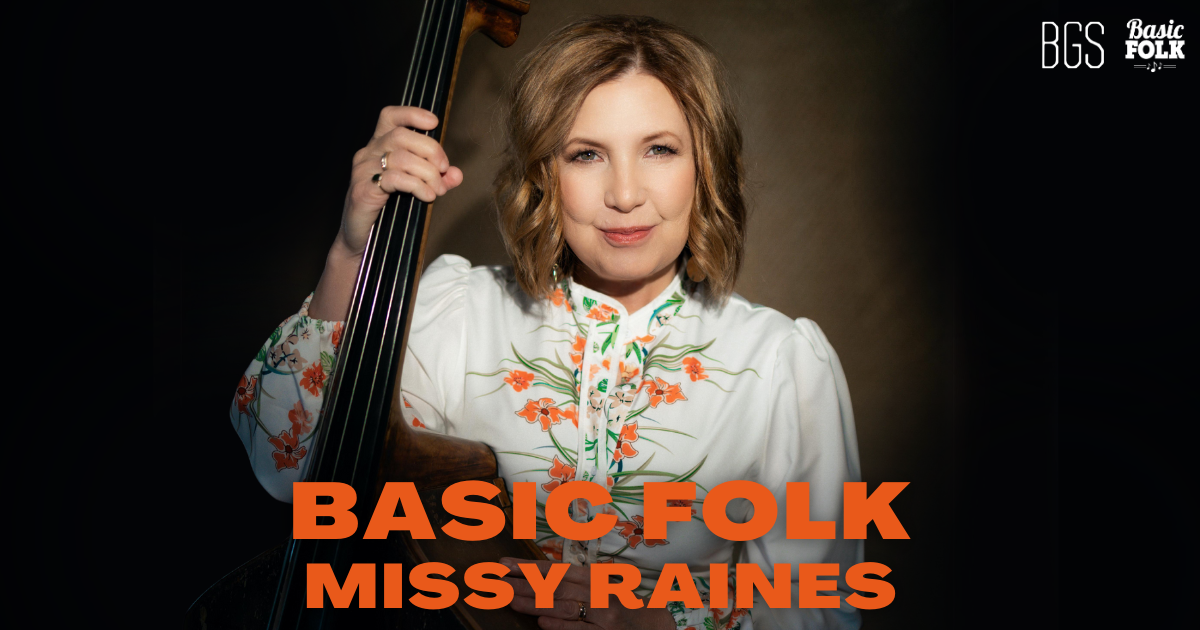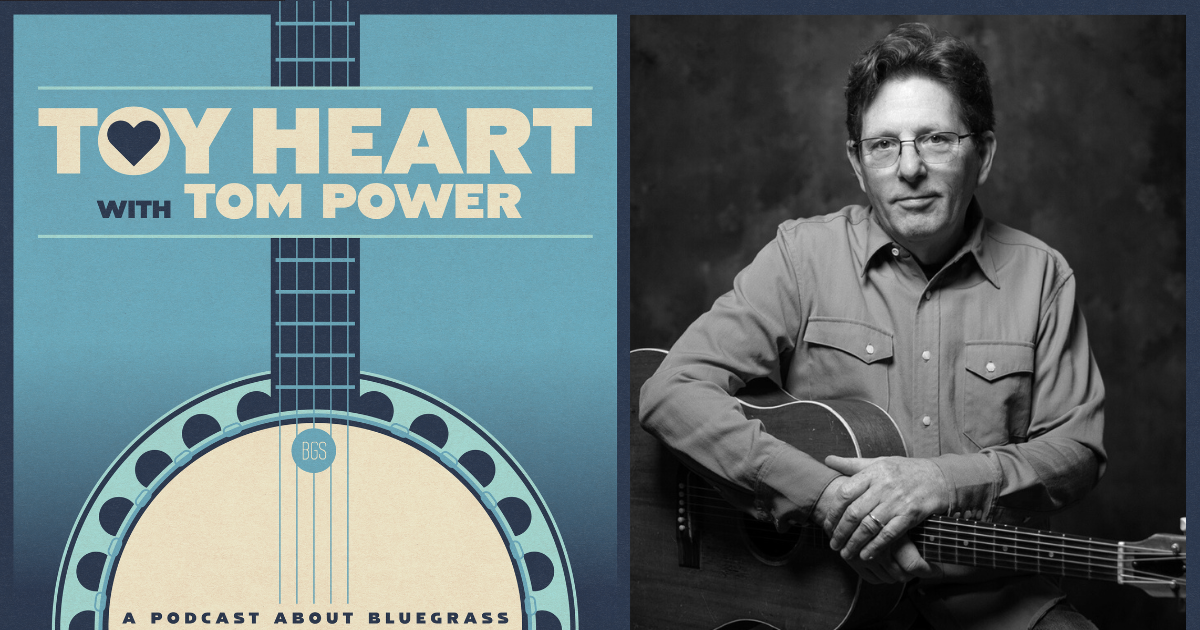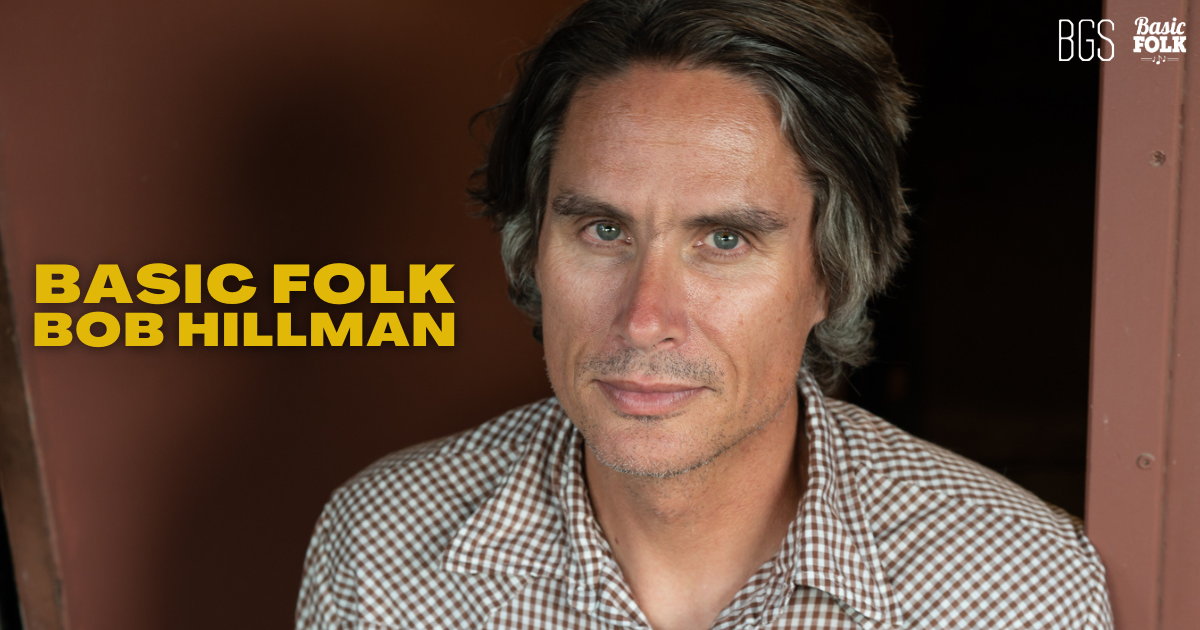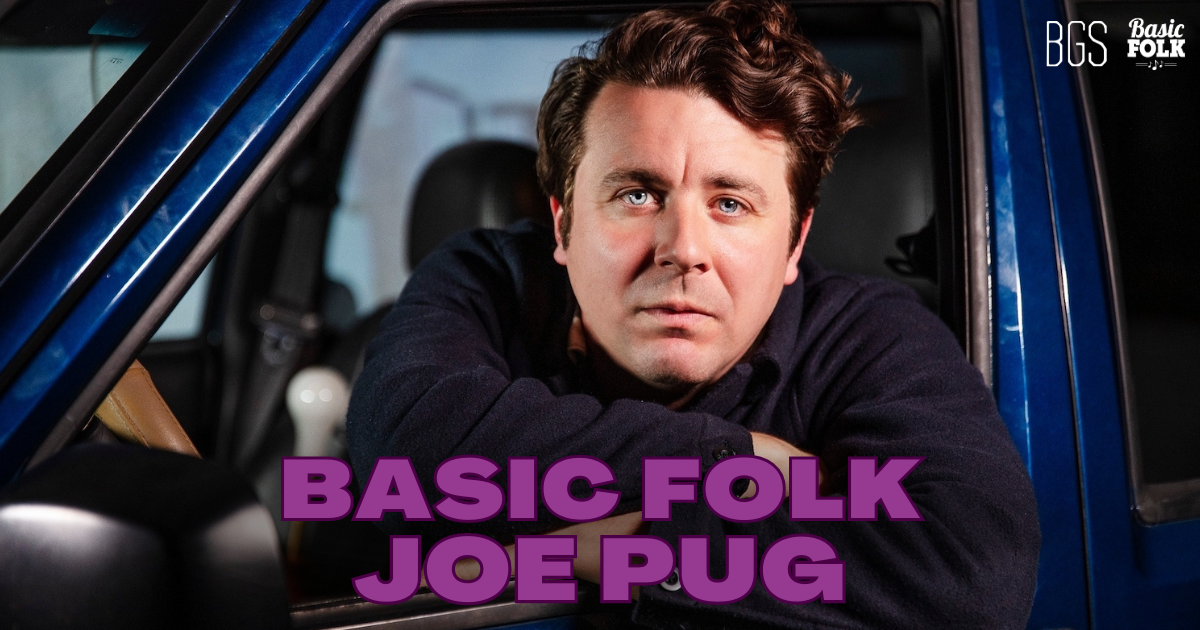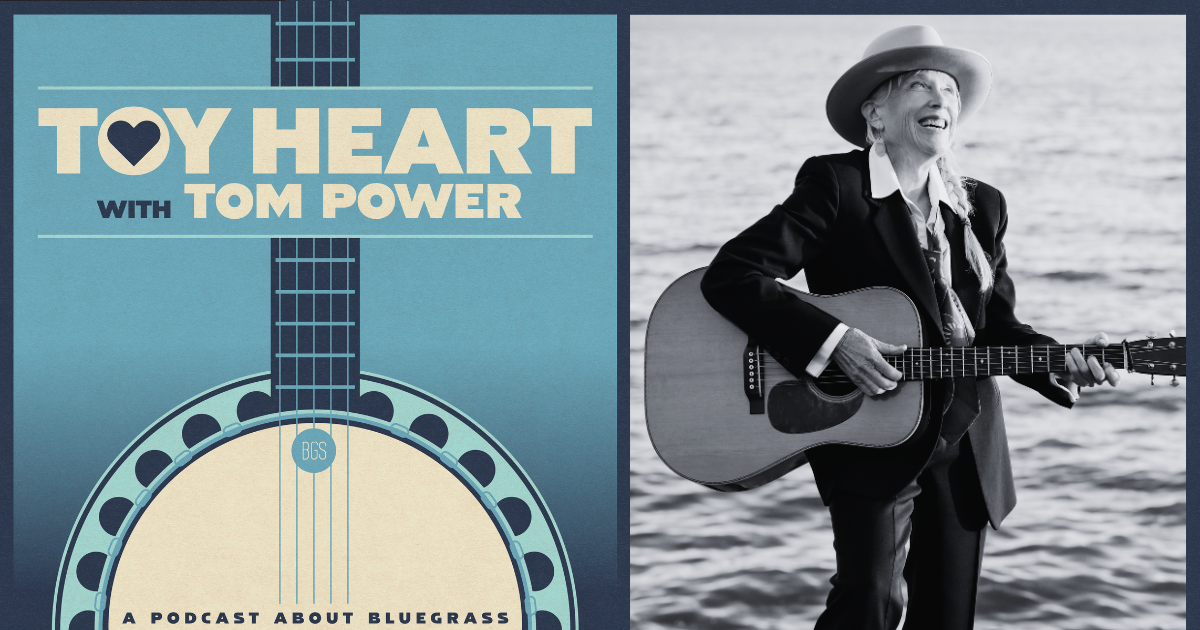I met Ed Jurdi at a taping of The Travis Book Happy Hour in March of 2021. Our mutual friend Nicki Bluhm was on the show and she’d invited Ed, who’d recently moved to Asheville, to attend. I was not yet acquainted with Band of Heathens or Ed Jurdi, but when we met after the show I was struck by his warmth and attentiveness. It was a couple years before I would get him to Brevard to join me, but immediately during rehearsals I knew we’d be friends and this would only be the first of many times we’d share a stage. I had a blast on this episode (as evidenced by my over-playing) and I’m happy to share it with you.
LISTEN: APPLE • SPOTIFY • STITCHER • AMAZON • MP3
This episode was recorded live at 185 King St. in Brevard, North Carolina on May 30, 2023. Huge thanks to Ed Jurdi and Tommy Maher.
Timestamps:
0:08 – Soundbyte
0:49 – Introduction
2:09 – Bill K’s introduction
2:45 – Travis’ audience greeting
3:31 – “All I’m Asking”
7:33 – “Bumblebee”
12:52 – “What a joy”
13:27 – “Jackson Station”
18:32 – Interview
34:11 – “South By Somewhere”
38:51 – “The Good Doctor”
42:45 – “Walking and Talking”
48:43 – Outro
Editor’s note: The Travis Book Happy Hour is hosted by Travis Book of the GRAMMY Award-winning band, The Infamous Stringdusters. The show’s focus is musical collaboration and conversation around matters of being. The podcast is the best of the interview and music from the live show recorded in Asheville and Brevard, North Carolina.
The Travis Book Happy Hour Podcast is brought to you by Thompson Guitars and is presented by Americana Vibes and The Bluegrass Situation as part of the BGS Podcast Network. You can find the Travis Book Happy Hour on Instagram and Facebook and online at thetravisbookhappyhour.com.
Photo Credit: Alysse Gafkjen
